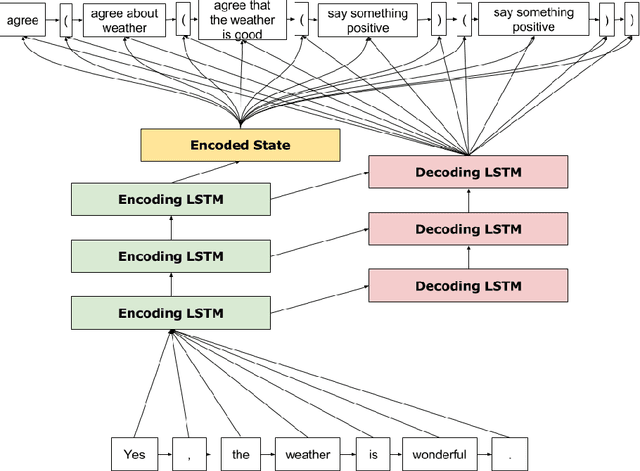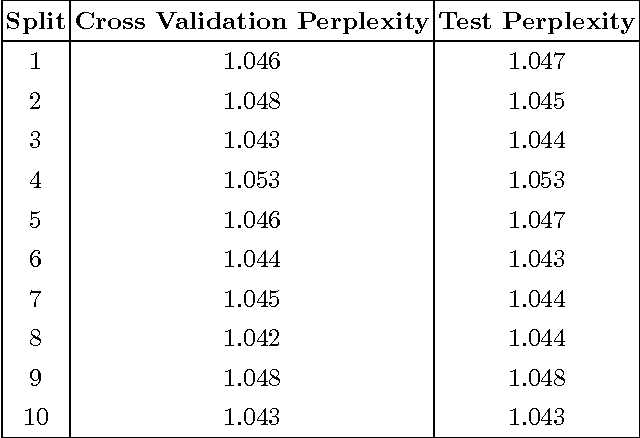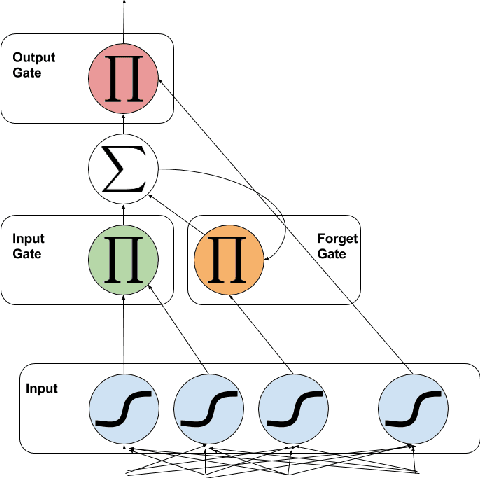Noah Wardrip-Fruin
CFGs-2-NLU: Sequence-to-Sequence Learning for Mapping Utterances to Semantics and Pragmatics
Jul 22, 2016


Abstract:In this paper, we present a novel approach to natural language understanding that utilizes context-free grammars (CFGs) in conjunction with sequence-to-sequence (seq2seq) deep learning. Specifically, we take a CFG authored to generate dialogue for our target application for NLU, a videogame, and train a long short-term memory (LSTM) recurrent neural network (RNN) to map the surface utterances that it produces to traces of the grammatical expansions that yielded them. Critically, this CFG was authored using a tool we have developed that supports arbitrary annotation of the nonterminal symbols in the grammar. Because we already annotated the symbols in this grammar for the semantic and pragmatic considerations that our game's dialogue manager operates over, we can use the grammatical trace associated with any surface utterance to infer such information. During gameplay, we translate player utterances into grammatical traces (using our RNN), collect the mark-up attributed to the symbols included in that trace, and pass this information to the dialogue manager, which updates the conversation state accordingly. From an offline evaluation task, we demonstrate that our trained RNN translates surface utterances to grammatical traces with great accuracy. To our knowledge, this is the first usage of seq2seq learning for conversational agents (our game's characters) who explicitly reason over semantic and pragmatic considerations.
 Add to Chrome
Add to Chrome Add to Firefox
Add to Firefox Add to Edge
Add to Edge